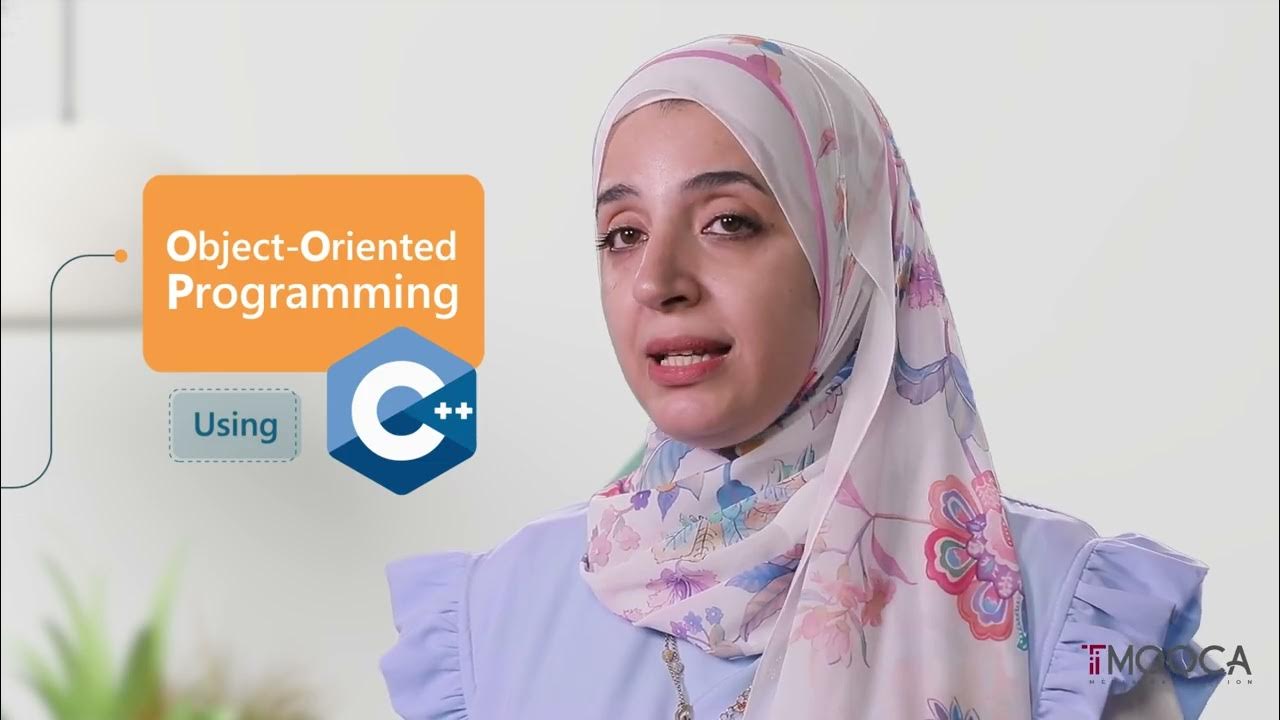La Lógica de la Programación Orientada a Objetos explicada con Minecraft
Summary
TLDRWelcome back to your favorite programming channel on YouTube, where we use video games to make learning more engaging! After covering various control structures in previous videos, we're diving into the world of Object-Oriented Programming (OOP). This video introduces the concept of classes, attributes, and methods through the familiar context of Minecraft. We explain how a class acts as a blueprint for creating objects, such as TNT blocks, water blocks, and even characters like Mike, each with their unique attributes and methods. This is just the beginning of your OOP journey, paving the way to explore advanced concepts like inheritance, polymorphism, and encapsulation in future videos. Join us to unlock the power of OOP and elevate your programming skills!
Takeaways
- 😀 Object-oriented programming (OOP) is a programming paradigm that uses 'objects' to design applications and programs.
- 💻 Video games are often used to explain programming concepts, making them easier to understand.
- 💡 A 'class' is a blueprint for creating objects, defining their attributes and methods.
- 🚀 Examples like cars, airplanes, bicycles, and pencils illustrate how objects can have different attributes and actions.
- 🔮 Minecraft's cube is used as an example to explain how a class can create multiple objects with specific attributes and actions.
- 💥 A TNT block in Minecraft demonstrates how objects can have unique methods, such as causing an explosion.
- 💻 Interaction between objects is highlighted, such as a TNT block affecting a character's health upon explosion.
- 🔫 The concept of inheritance, polymorphism, and encapsulation are mentioned as advanced topics in OOP.
- 👨💻 Characters and items in video games serve as practical examples to understand the application of OOP concepts.
- 🔥 Custom methods can be added to objects, like a fire sword having a unique action compared to an ice sword, showcasing polymorphism.
Q & A
What is the main topic of the YouTube video?
-The main topic is Object-Oriented Programming (OOP) logic, explained using video game examples.
Why does the video use video games to explain programming concepts?
-Video games are used because they can help viewers understand programming concepts better.
What is a class in Object-Oriented Programming?
-A class is a blueprint or template from which objects are created. It contains attributes and methods of the object.
What example is used to explain the concept of a class?
-The example used is a Minecraft cube, which serves as a template to create various block types with specific attributes and methods.
What are attributes and methods in the context of OOP?
-Attributes are the characteristics of an object, while methods are the actions or behaviors that an object can perform.
How does the video explain the creation of different objects from a single class?
-It explains that from the class (template) of a Minecraft cube, different block types like TNT and water blocks can be created by filling in specific attributes and methods.
What additional OOP concept is mentioned besides classes?
-The video hints at the concepts of inheritance, polymorphism, and encapsulation as further topics to explore.
How does the video suggest Object-Oriented Programming can be visualized?
-OOP can be visualized more easily through the analogy of creating different game objects, like blocks and characters, with specific behaviors and attributes.
What is the purpose of using a Minecraft sword example in the video?
-The Minecraft sword example is used to illustrate how objects (swords of different materials) can be created from the same class but have unique attributes (like texture and damage) and methods.
What does the video aim to achieve by explaining OOP with video games?
-The video aims to demystify OOP concepts for beginners by relating them to familiar and engaging examples from video games, making the learning process more accessible and enjoyable.
Outlines

This section is available to paid users only. Please upgrade to access this part.
Upgrade NowMindmap

This section is available to paid users only. Please upgrade to access this part.
Upgrade NowKeywords

This section is available to paid users only. Please upgrade to access this part.
Upgrade NowHighlights

This section is available to paid users only. Please upgrade to access this part.
Upgrade NowTranscripts

This section is available to paid users only. Please upgrade to access this part.
Upgrade NowBrowse More Related Video

Object-Oriented programming Course Intro

1. Pengenalan OOP - Dart OOP

Lec 2: What is Object Oriented Programming (OOP) | POP vs OOP | C++ Tutorials for Beginners

138. OCR A Level (H446) SLR23 - 2.2 Object orientated techniques

Introduction to OOPs in Python | Python Tutorial - Day #56

Classes and Objects in Python | OOP in Python | Python for Beginners #lec85
5.0 / 5 (0 votes)